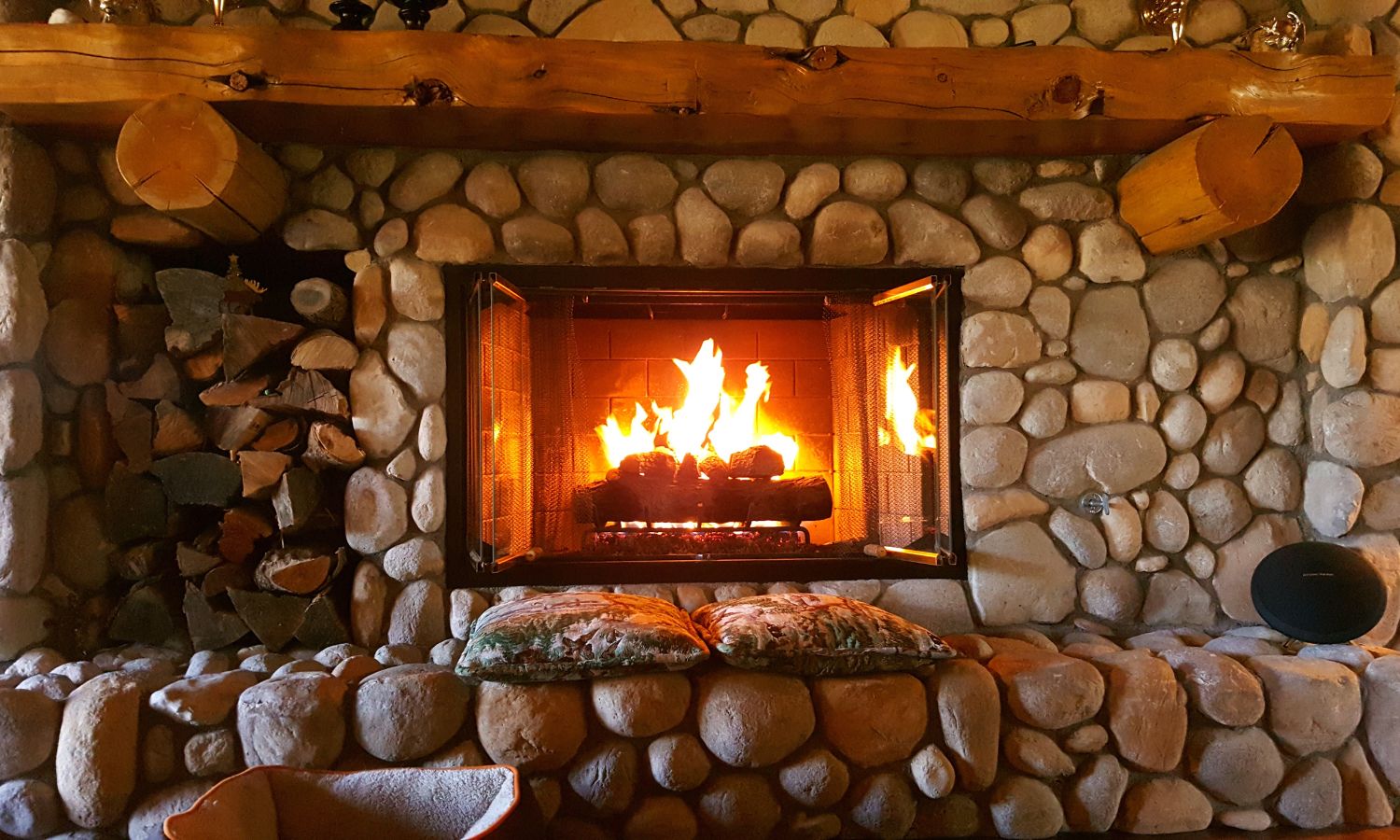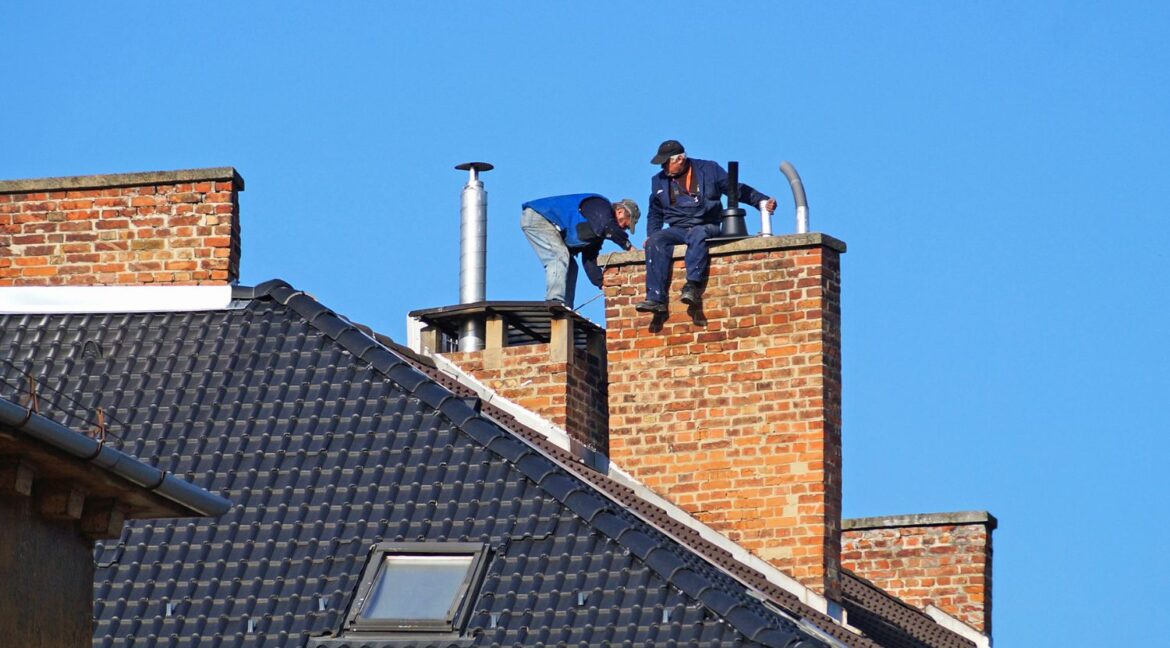A cozy fireplace can be a delightful addition to any home, providing warmth, ambiance, and a focal point for family gatherings. However, maintaining a fireplace, and more importantly, the chimney that facilitates safe and efficient venting of smoke and gasses, is crucial.
One often-overlooked aspect of fireplace maintenance is chimney sweeping. In this article, we will explore the importance of chimney sweeping and provide guidance on how often you should have your chimney swept to ensure the safety and functionality of your fireplace.
It’s important to note that it is recommended to hire a professional chimney sweeping service to do this task for you. This will ensure that it is done correctly and safely.
Why Is Chimney Sweeping Important?
Chimney sweeping is a vital part of fireplace maintenance for several reasons:
Preventing Creosote Buildup
The combustion process in your fireplace generates byproducts, including creosote, a highly flammable substance that can accumulate on the chimney’s interior walls. Creosote buildup increases the risk of chimney fires, which can be dangerous and destructive.
Ensuring Proper Ventilation
A clean chimney allows for proper ventilation, which is essential for the efficient removal of smoke, gasses, and pollutants from your home. An obstructed chimney can lead to poor indoor air quality and even carbon monoxide exposure.
Extending Chimney Lifespan
Regular chimney sweeping can help extend the lifespan of your chimney. Creosote and other debris can cause corrosion and damage to the chimney liner, which may lead to costly repairs or replacement.
Reducing Fire Hazards
A clean chimney minimizes the risk of chimney fires, which can rapidly spread to your home’s structure. Preventing fires not only protects your property but also your family’s safety.
According to FEMA, cleaning your chimney regularly makes a huge difference in preventing house fires.
How Often Should You Have Your Chimney Swept?
Most people only think of cleaning their chimney when they are preparing their home for the cold weather. The frequency of chimney sweeping depends, however, on various factors, including the type of fuel you burn, the frequency of fireplace use, and the quality of your chimney system. Here are some general guidelines:

Wood-Burning Fireplaces
If you primarily burn wood in your fireplace, it is recommended to have your chimney swept at least once a year. Frequent use or burning unseasoned wood can lead to faster creosote buildup, necessitating more frequent cleanings.
Gas Fireplaces
Gas fireplaces produce fewer creosote deposits compared to wood-burning ones. Nevertheless, an annual inspection and cleaning by a professional are advisable to ensure the safe operation of your gas fireplace.
Pellet Stoves
Pellet stoves burn compressed wood pellets and require regular maintenance. It’s recommended to have the chimney cleaned annually or after burning about 2-3 tons of pellets.
Oil and Coal Appliances
If you have an oil or coal-burning appliance connected to your chimney, it should be cleaned and inspected annually to prevent the buildup of soot and other residues.
Infrequent Use
If you use your fireplace only occasionally, it’s still essential to have an annual inspection to check for blockages, animal nests, or any other obstructions that can affect ventilation.
Professional Inspection
Regardless of how often you use your fireplace, it’s wise to have a professional chimney sweep conduct an annual inspection. They can assess the condition of your chimney and provide recommendations based on its specific needs. Your Realtor might know a great company to use, so ask!
Conclusion
Chimney sweeping is a critical aspect of fireplace maintenance that should not be neglected. The frequency at which you should have your chimney swept depends on various factors, including the type of fuel you use and how often you use your fireplace.
Regular chimney sweeping not only ensures the safety and efficiency of your fireplace but also helps prevent potential hazards such as chimney fires and carbon monoxide exposure. To maintain a warm, inviting, and safe fireplace in your home, consult with a certified chimney sweep and follow their recommendations for cleaning and maintenance. Your family’s comfort and safety depend on it.



